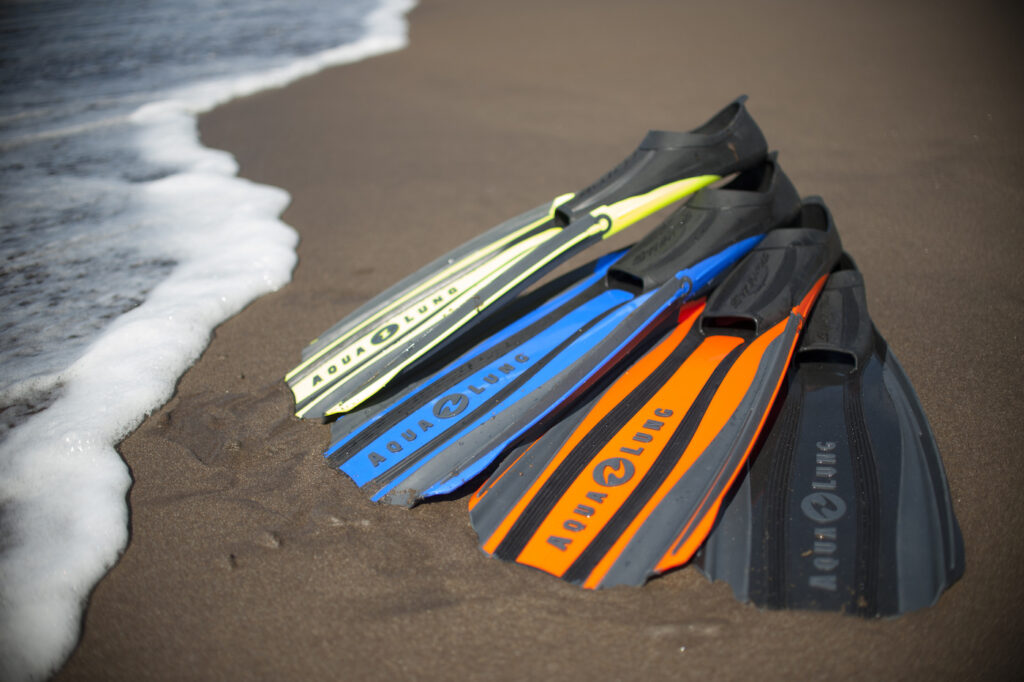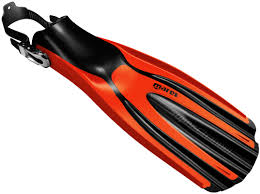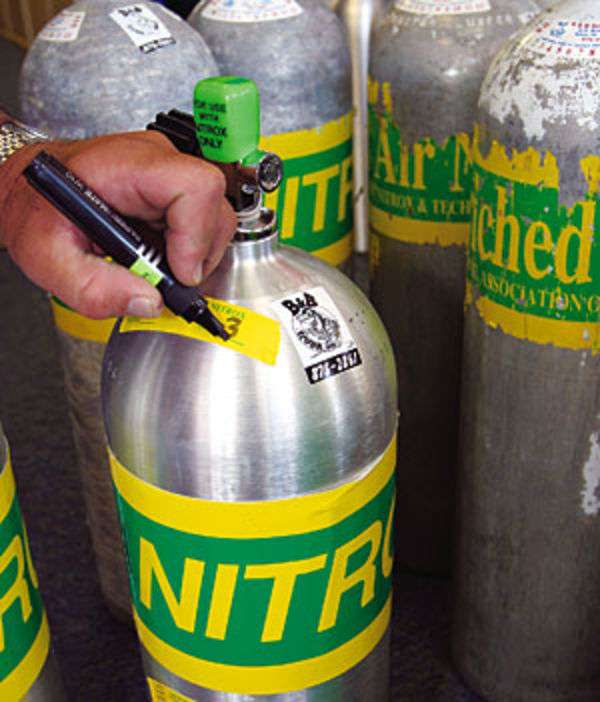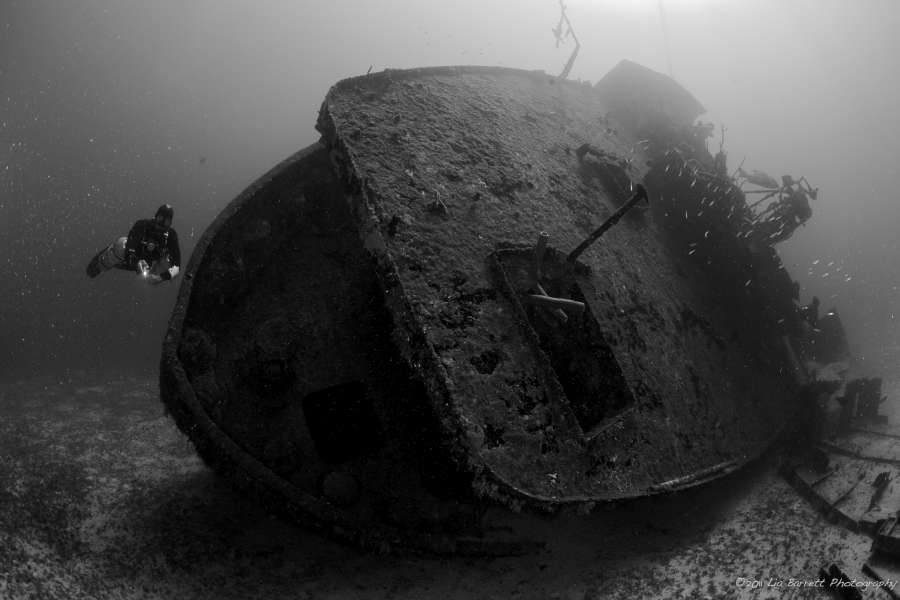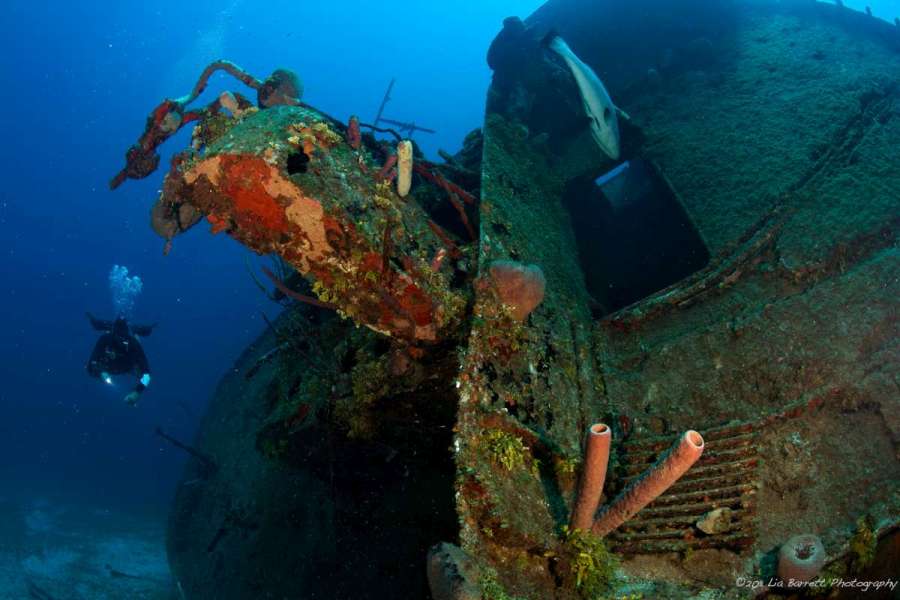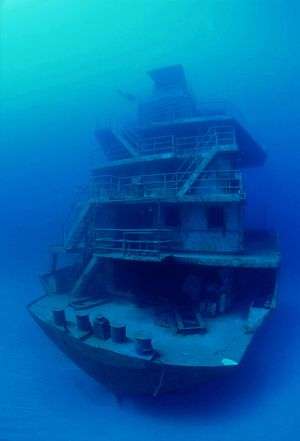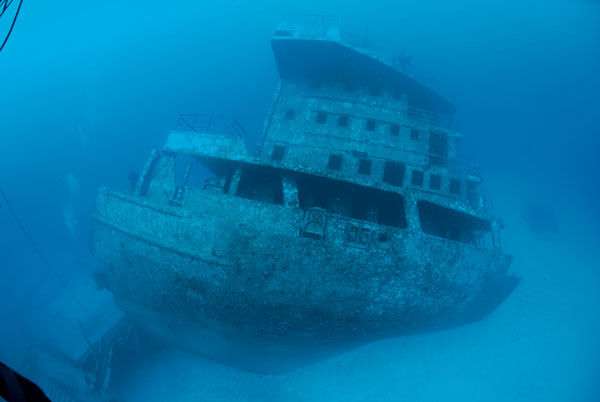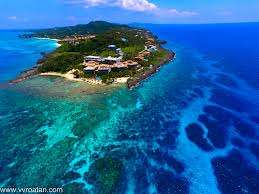
“There’s so much room for activities!”
–Will Ferrell
If you hadn’t noticed, a huge portion of our posts have had to do with our series of make-overs.
1. Our entirely redesigned front deck has improved diver flow, increased outdoor teaching spaces, and Feng Shui-ed our hang out zone. Coconut Tree is the first dive shop you see when you walk into West End we are smack dab in the heart of it. We decided that it’s about time our shop started to reflect the beauty that we are surrounded in.
Recently, we have had a lot of positive feedback and interaction via our Facebook content and we wanted to thank you all for keeping up to date on the goings on here at Coconut Tree. It makes us feel loved to know that our family throughout the world still holds us in their hearts. It has now become our goal to make sure that we keep up with posts and information to inspire, cure diving withdrawal, and generally brag about our piece of paradise.
Some of our followers however, have expressed the desire for a little bit more. In this world of two sentence blurbs and 30 second videos they feel as though they aren’t getting quite enough of our diving inspo. So for those readers old and new, let’s start off with a little review…

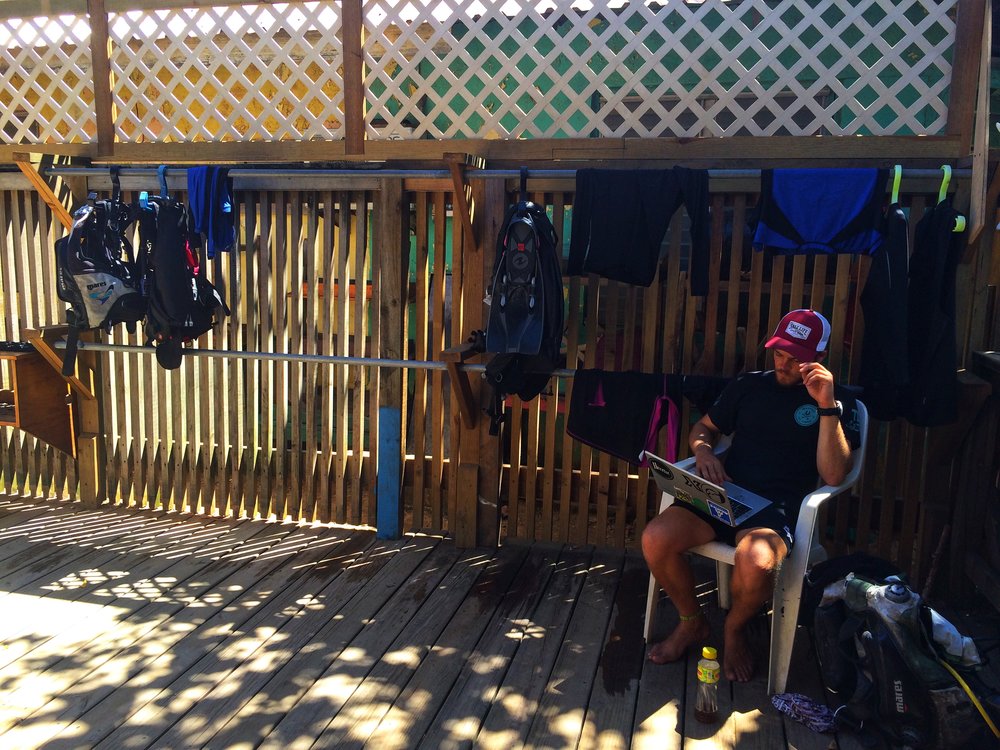
2. We moved the water facilities increasing the over all privacy and gear drying space. Moving the toilet to the back and making it a bit larger has been great. It’s now a bathroom/change room/art gallery/arboretum. We couldn’t bear to cut the tree down so it’s become part of the design! In rearranging the gear area we have also created a safe space for camera’s! Although, our regular followers know that more often than not, it doubles as a cat house.
3. Now that the office is at the front, our guests are now greeted the moment they walk in the door. No more congestion! Gay and Alex really appreciate the better view of the ocean, though we all can’t seem to stop making jokes about what use to be in that space.
(it was the toilet, throne jokes abounding)
Jokes aside though, this has been great to improve our guest satisfaction. Increased storage and easy to read schedules, prices, and packages have only added to convenience
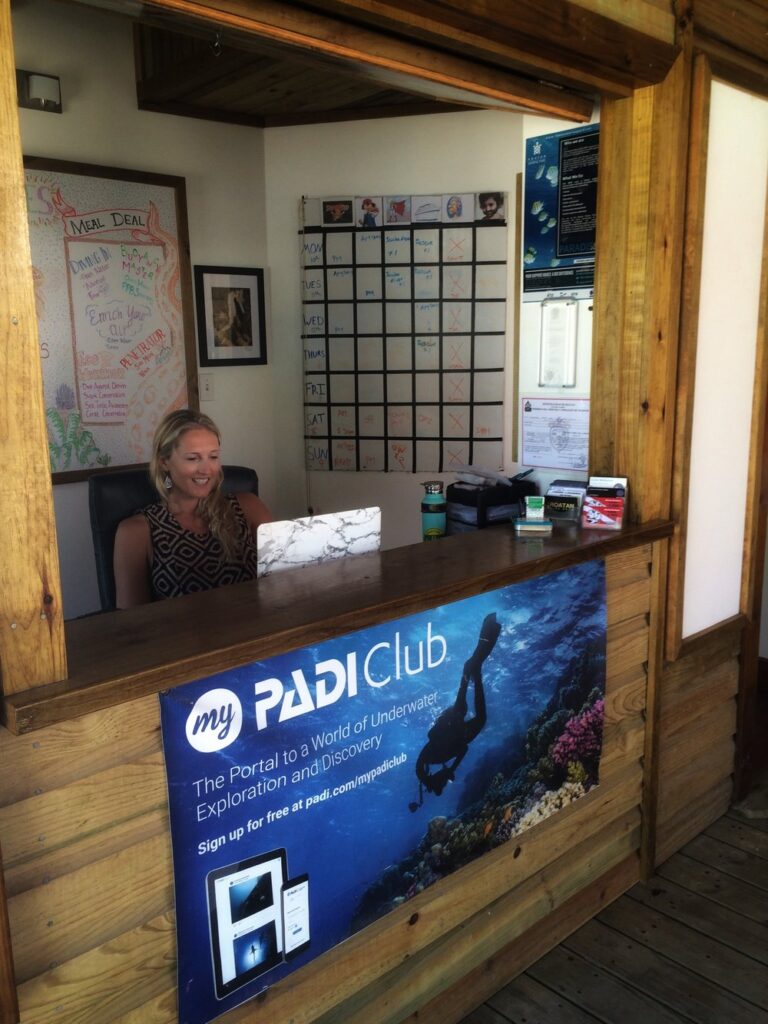
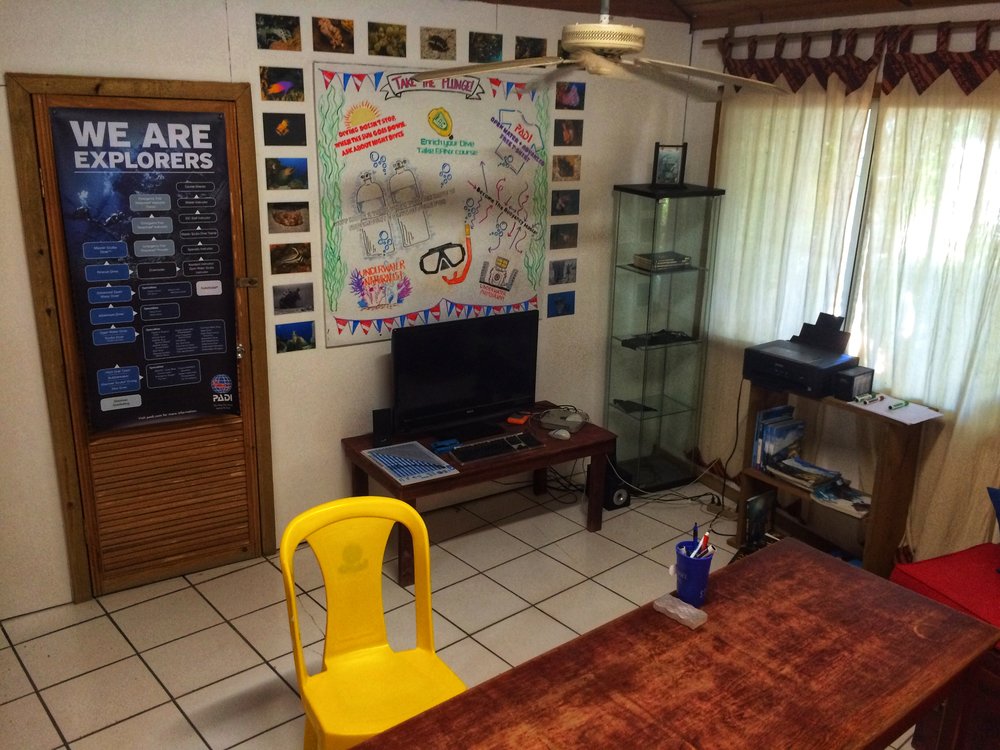
4. A fresh coat of paint and new decor have left the upstairs classrooms open, airy, and bright. Photos by Alexandra HG Photography and board designs by the lovely Meg Jones are our splashes of colour and inspiration for student divers of all levels. With our new hand held tablets for videos we have been able to reduce our indoor classroom time, but it’s still nice to have a serene, resource packed, and above all- air conditioned learning space.
5. Pot Licker, looks gorgeous. This ex U.S. Navy boat has found a new life as the second of our two large boats. Primarily used for our Roatan Tec Center and Private Tours we decided to maker her look as bad-ass as she is. The addition of the dive flag was a particular point of pride. She certainly looks hot in her Instagram photos!
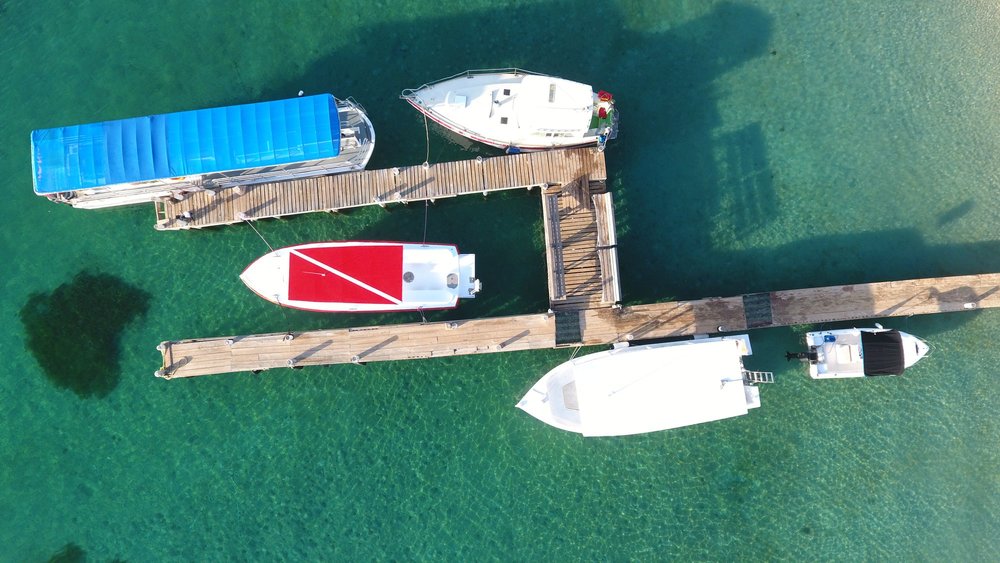
6. The next step. Our next project is the inside of the shop. Besides improving all around gear storage and spacial effectiveness we hope to create a small retail area for some quick essentials and of course, our fabulous t-shirts. Already we have created a fancy coffee (and tea!) station with all the fixings. In this space we also provide dishes and utensils for take out! No more styrofoam! The local businesses are now accustomed to us approaching with plates and declining plastic cutlery. Boo yeah to reducing our footprint.
Photographers are violent people. First they frame you, then they shoot you, then they hang you on the wall .

It isn’t just the outside we’ve been working on, we also have some pretty exciting stuff going on in our photography department We now have rental camera options! Only $30 for the day and the use of the camera is yours. The simple to use Canon SD550 is perfect for simple snap shots and budding photographers alike. Before the dive, one of our staff will prepare the camera and orient you on it’s use so that you can capture your experience through your own perspective. We do have SD cards available for purchase (only five dollars) so your pictures make it safely home in full quality.

If you don’t fancy yourself as a photographer on land let alone with complicated buoyancy manoeuvres, we have a photographer for hire! Alexandra Harper-Graham, you know the one who captures all those gorgeous photos on our Facebook and Instagram? Yeah, you can hire her to follow you and a friend around on a dive for only 50 bucks (only $15 per additional diver). She makes even the worst of us look cool underwater! Her images capture your experience and interactions with the underwater world in perfect clarity, contrast, and composure.
For those interested in continuing their education in photography, as always, we offer the PADI Digital Underwater Photography Adventure Dive and Specialty Course with Master Instructor; Scuba Ted. For those who know him, they know that he is rarely seen in the water without his camera and he is always excited to help share this passion with others. These courses are great for those entering the world of photography at any level and any digital photography device.
If you have been particularly inspired by our content on social media, then you will be happy to know that Alexandra HG Photography is now also offering Photography Courses (with rental equipment). Alexandra’s course has been developed from 10 years of passion and experience in underwater photography and can be adapted to all skill levels. Whether you are an iPhone ‘Instagramer’ or are wondering about purchasing strobes Alexandra’s wealth of knowledge can help you on your journey.
May your life be as amazing as your social media makes it seem
Lastly, we are hoping to up our media content. With a little more dedication to this blog we hope to be able to interact with our guests both past and present to let them know a little bit about what we do and we are into.
The content we share is going to be largely based on your responses. The goal is to create an online version of the spirit we try to foster in the shop. We want it to be about learning, sharing, and creating on our favourite subject; diving.
So join us, follow us, or whatever it is the kids are calling it these days and we will do our best to entertain. Any questions? Comments? Queries? Concerns? Contact us at [email protected]


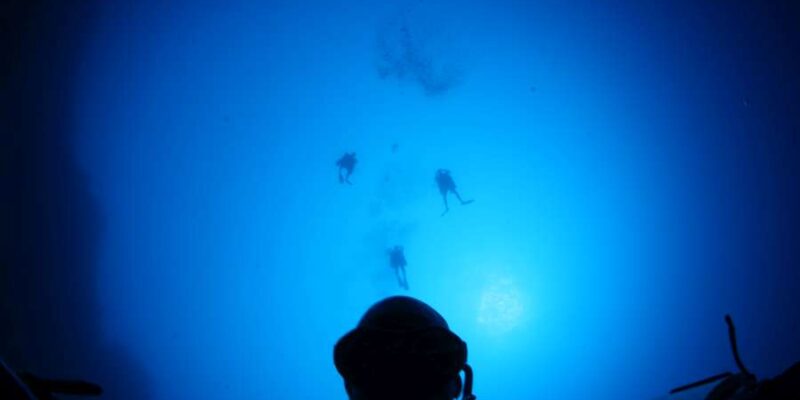


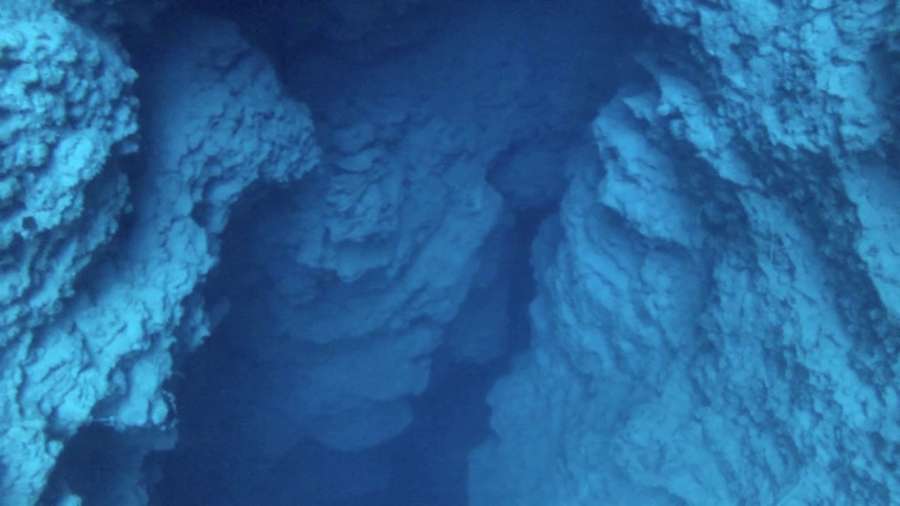


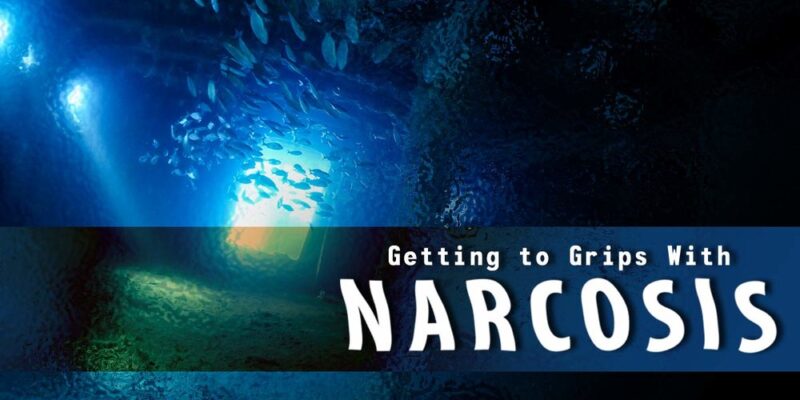
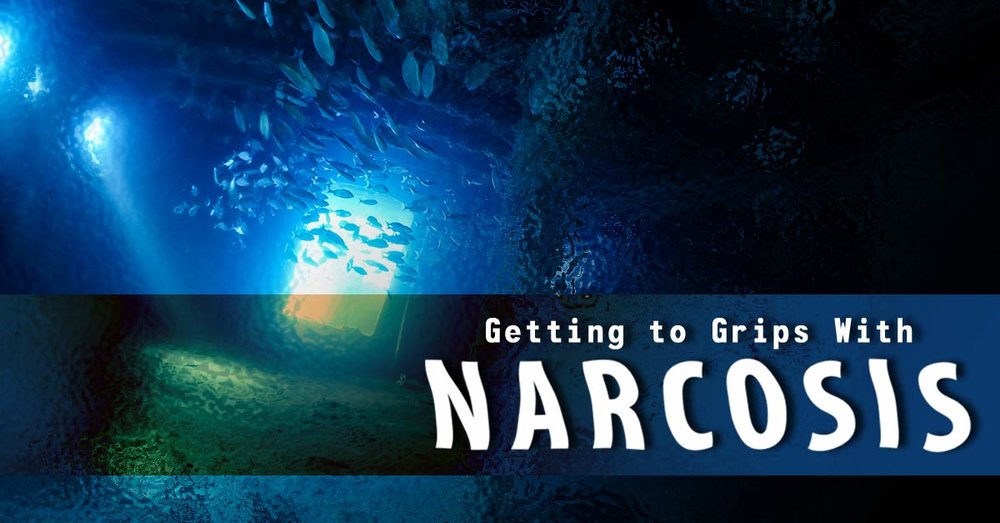
 By:
By: 

